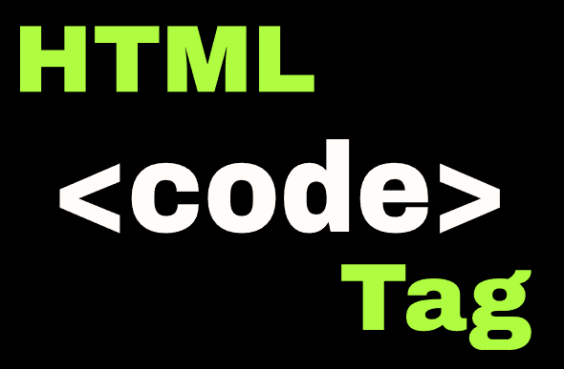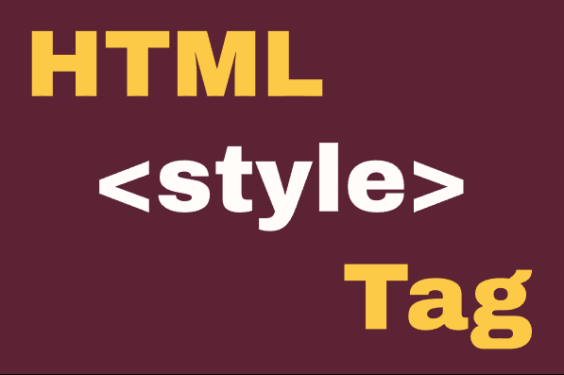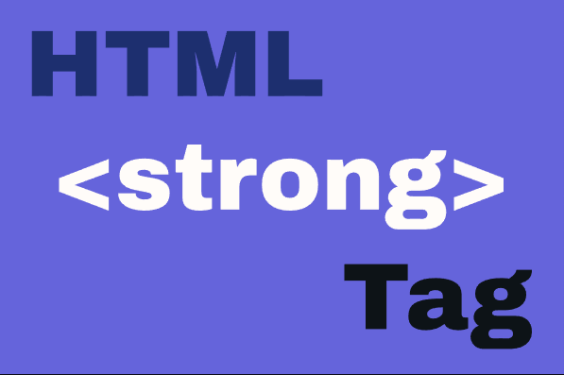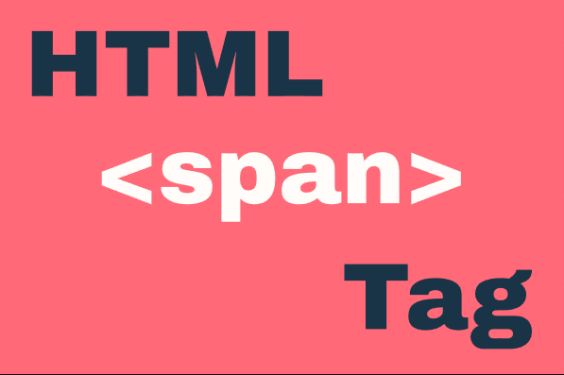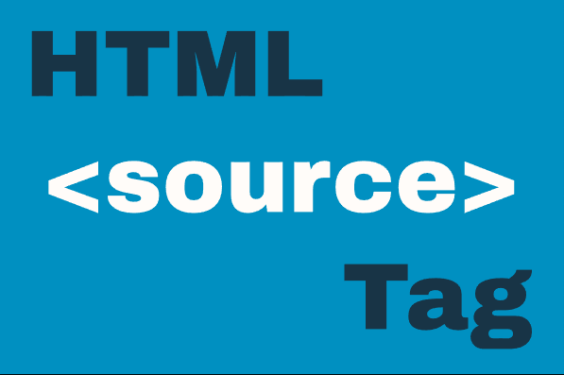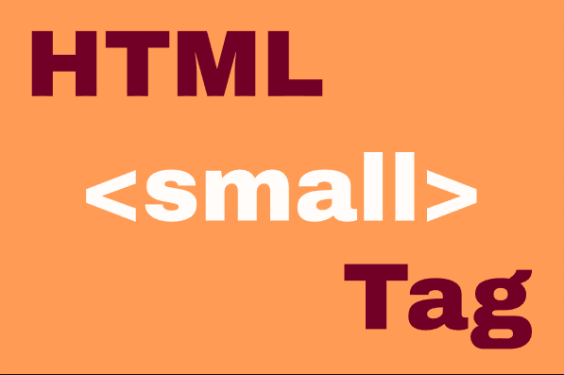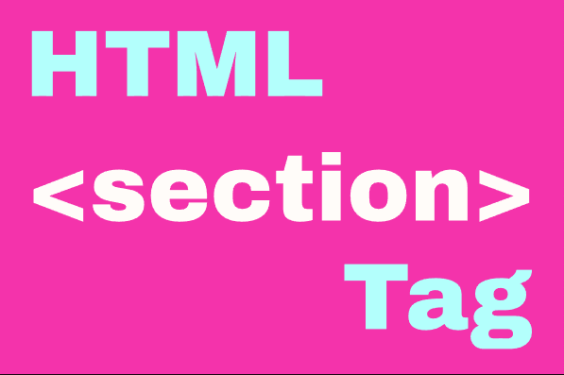HTML <code> Element
Publish in HTML Tutorial el 23/05/2025 20:29
The <code> element is used to define a fragment of computer code in your HTML document. It renders the enclosed text in the browser's default monospace font, making it perfect for displaying code snippets, variable names, or any technical content that should be distinguished from regular text.
While <code> handles the visual presentation, remember it doesn't automatically preserve whitespace or line breaks. For multi-line code blocks, you'll typically combine it with the <pre> element.
Basic Syntax
Here's how the <code> element looks in HTML:
And here's how it renders:
Your code goes here
Examples of <code> Usage
Example 1: Inline Code in Paragraph
This example shows how to use <code> within regular text to highlight code-related terms.
Example 2: Multi-line Code Block
This demonstrates combining <code> with <pre> for better formatting of code blocks.
Example 3: Styled Code Element
This shows how to apply CSS to make your code snippets stand out.
Example 4: Interactive Code with JavaScript
This example demonstrates copying code to clipboard using JavaScript.
Example 5: Syntax Highlighting Simulation
This advanced example shows how you might implement basic syntax highlighting.
Tips and Tricks
- Accessibility: For screen readers, consider adding
aria-label="code snippet"to your code blocks. - Semantic Use: Reserve <code> for actual code, not just monospace text. Use CSS for general monospace needs.
- Escaping: Remember to escape HTML characters within code blocks using < and >.
- Line Numbers: For complex code blocks, consider adding line numbers with CSS counters.
- Responsive Design: Make sure your code blocks are horizontally scrollable on mobile devices.
Browser Support
The <code> element is supported in all browsers, including:
- Chrome (all versions)
- Firefox (all versions)
- Safari (all versions)
- Edge (all versions)
- Internet Explorer (from IE6+)
